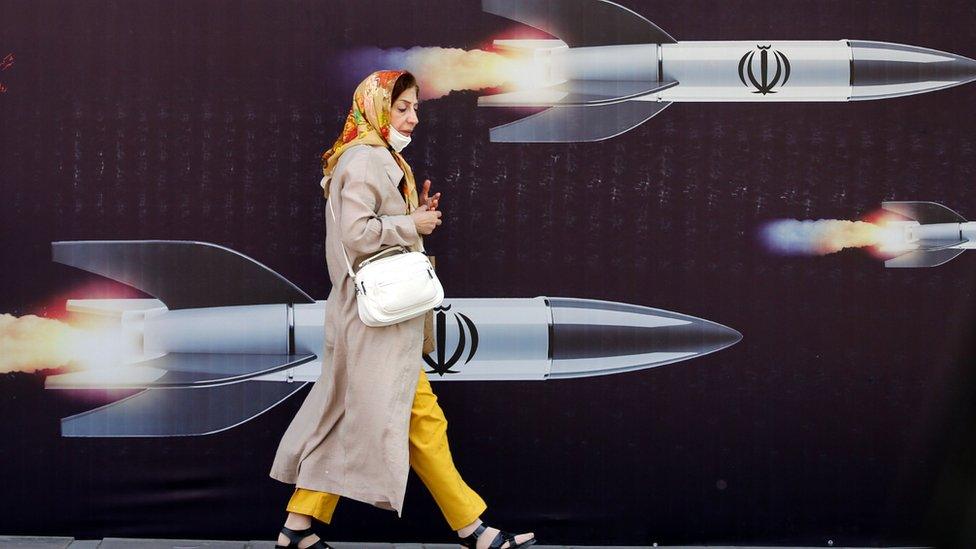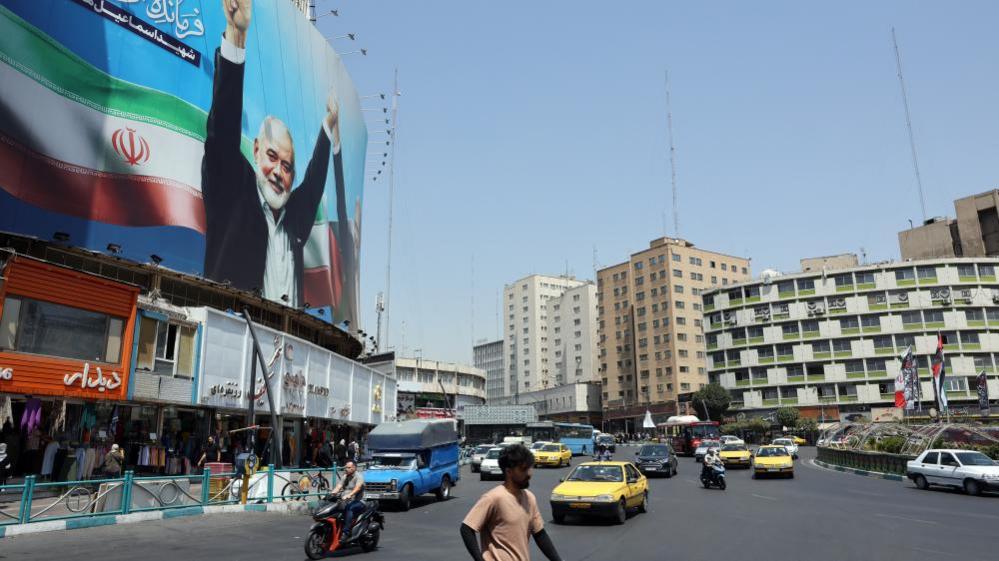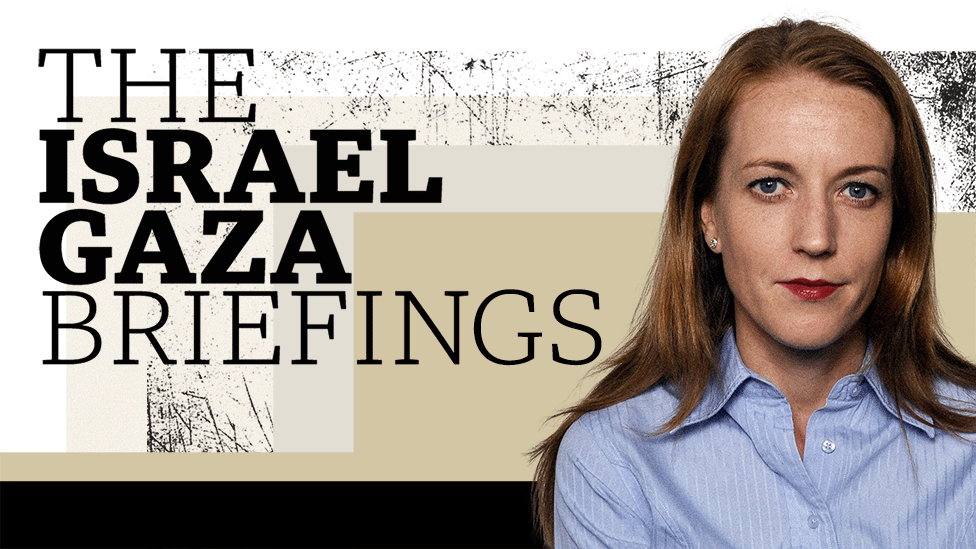Israel Iran attack: Damage seen at air base in Isfahan
- Published

Satellite imagery released over the past 24 hours has revealed evidence of probable damage at an Iranian air base following an Israeli strike in the early hours of Friday morning.
BBC Verify has analysed two images showing part of an air-defence system at an airfield in Isfahan was damaged.
US officials say Israel carried out a missile strike although there has been no official Israeli confirmation.
Tensions between the bitter rivals intensified in recent weeks.
An earlier, suspected Israeli strike on an Iranian consulate in Syria at the beginning of the month was followed by a retaliatory attack by Iran on Israel on 13 April.
Ever since news of Friday's Israeli strike in Isfahan - the cradle of Iran's nuclear programme - there has been speculation about the likely target and extent of the damage.
Iran says the attack involved drones that were neutralised by air defences.
While it remains unclear what weapon or weapons were used in the attack, satellite imagery has detected evidence of damage at the air base.


BBC Verify made this assessment through analysis of optical and Synthetic Aperture Radar satellite imagery captured over Isfahan on Friday.
Optical imagery will be familiar to anyone who regularly uses tools like Google Earth - essentially a photograph of the land below.
SAR technology uses radio waves to build an image of the Earth's surface. One advantage it has over more conventional satellite technology is its ability to capture images at night or through cloud.

The imagery it collects is rendered in black and white but at high resolution.
It therefore cannot detect changes in colouration on the ground - such as burn marks - but can display material damage to structures, vehicles etc.
One such image captured by Umbra Space on 15 April shows an S-300 air defence system located at the north-western corner of the Shikari air base.
The system comprises several vehicles equipped with radar, distinctive missile launchers and other equipment.
An Umbra Space image captured after Friday's strike shows damage and debris around one component - probably a radar - which has also shifted position slightly.
Other vehicles have been moved away from the site.
This assessment was confirmed by an optical satellite image captured by Planet which, despite low resolution, shows a scorch mark at the same location.
This mark was not evident in images captured on 11 and 15 April.

The military base itself does not show any signs of material damage in the available imagery, but further analysis of higher resolution optical captures will be required to make that conclusion.
As yet there is no available imagery from Isfahan's nuclear facilities.
The UN's International Atomic Energy Agency has said there was "no damage to Iran's nuclear sites".

Related topics
- Published20 April 2024

- Published26 October 2024

- Published19 April 2024

- Published20 April 2024
